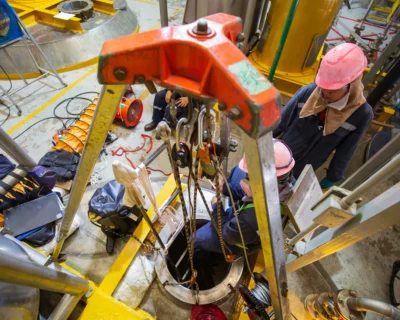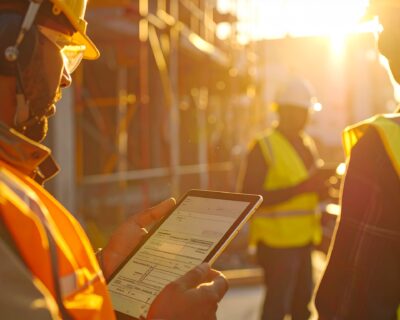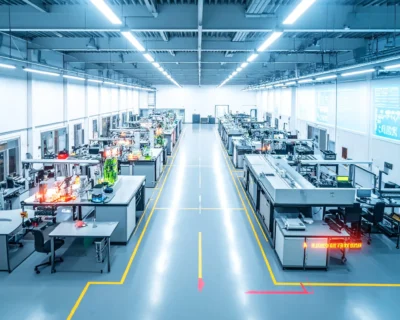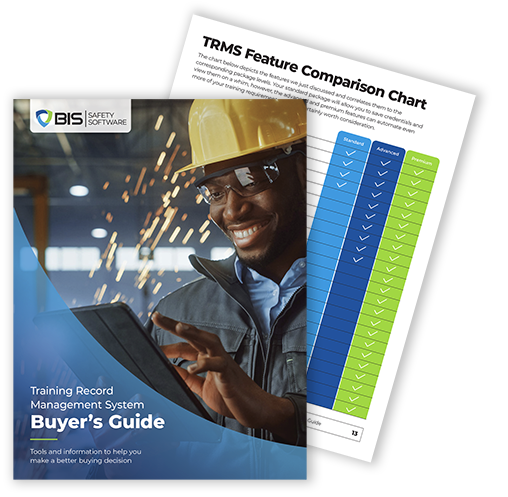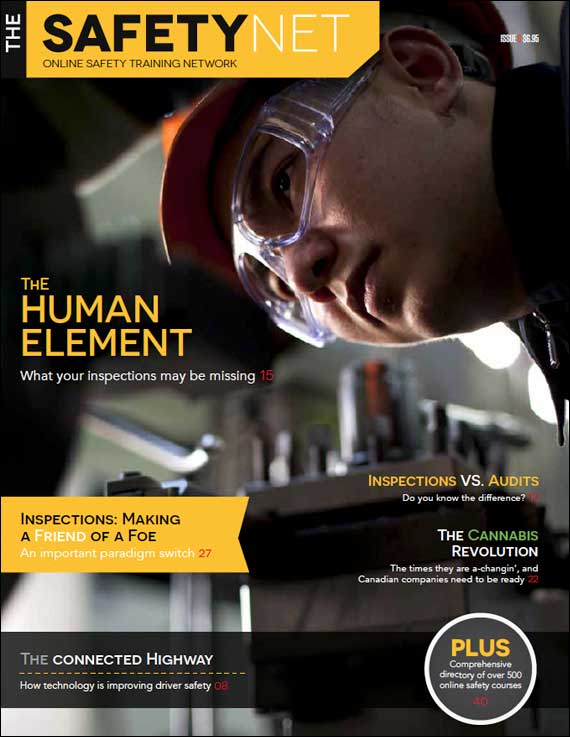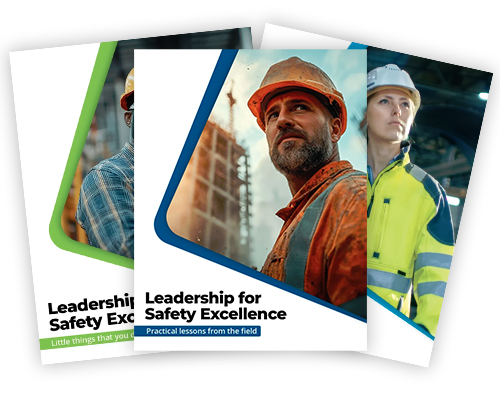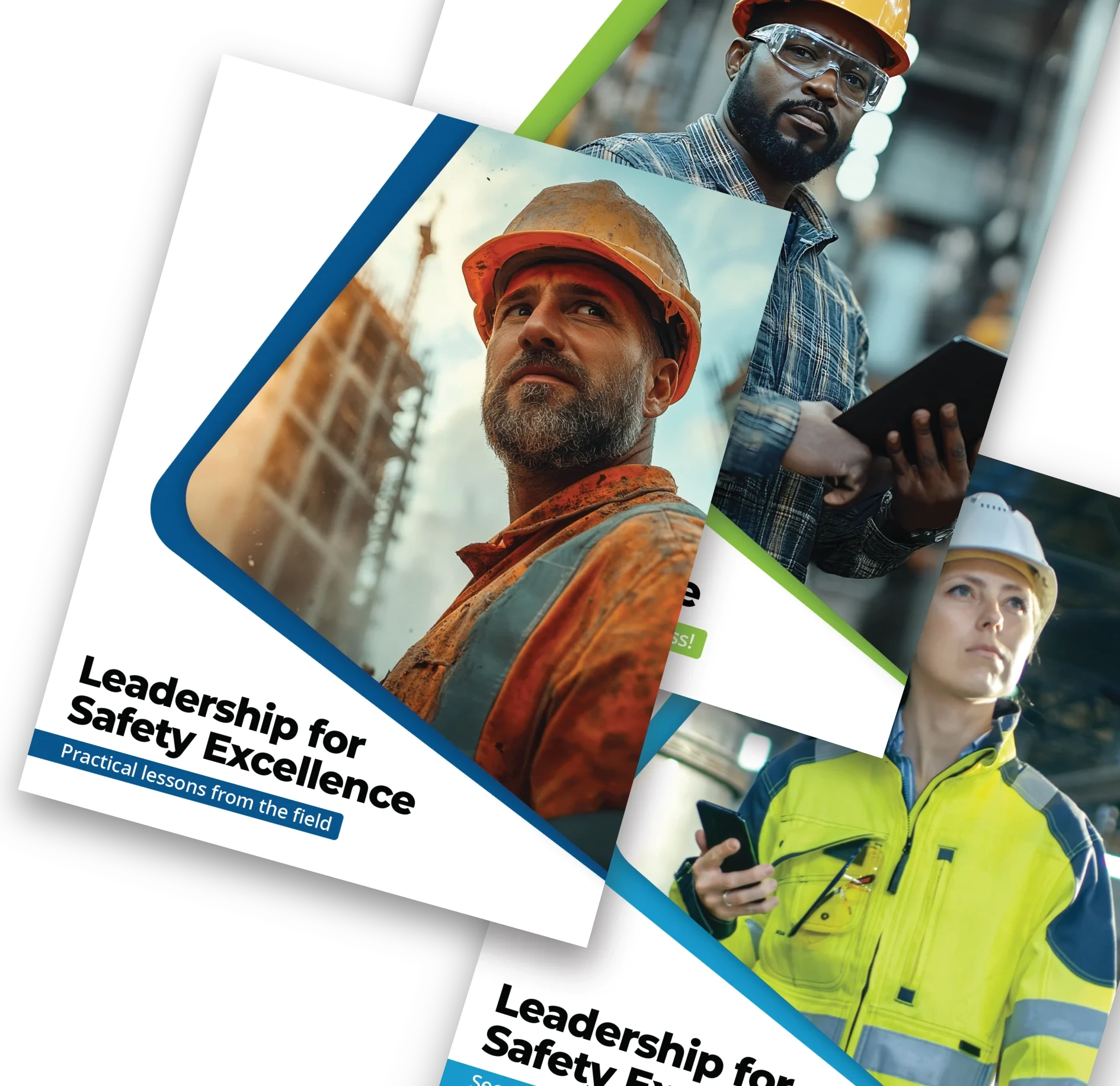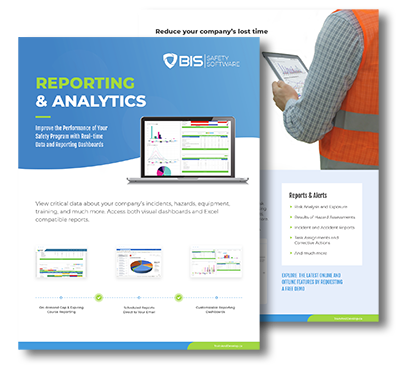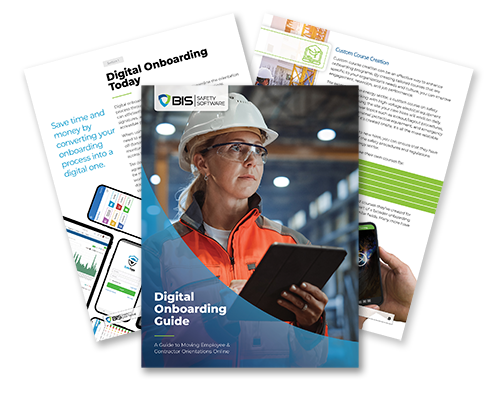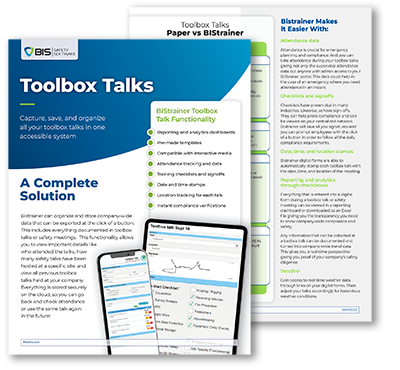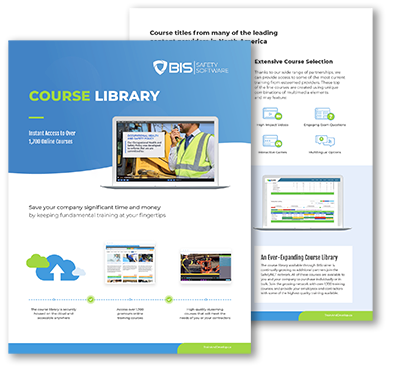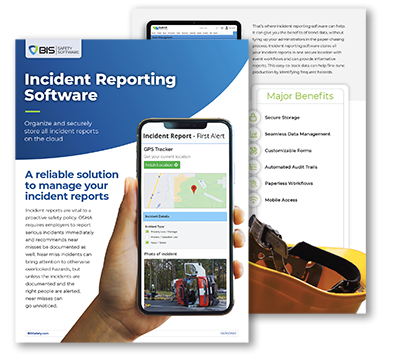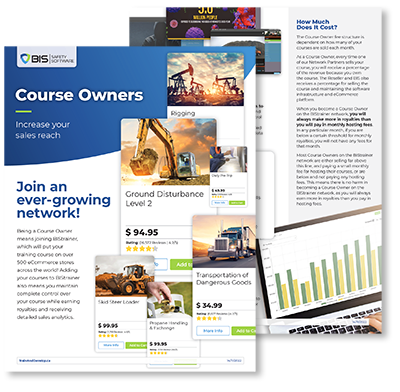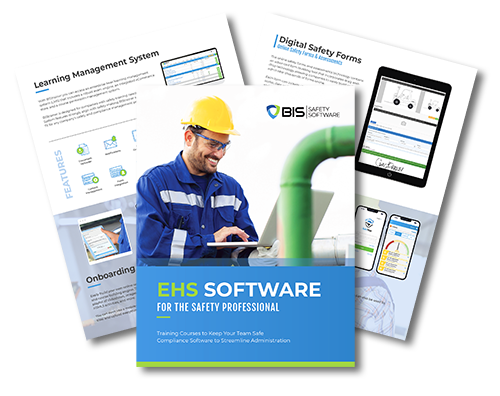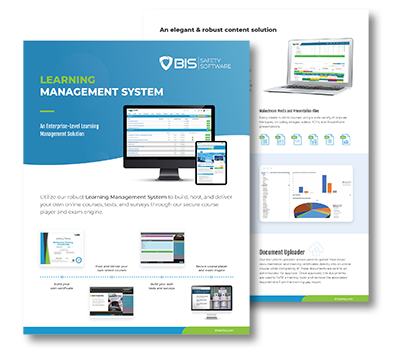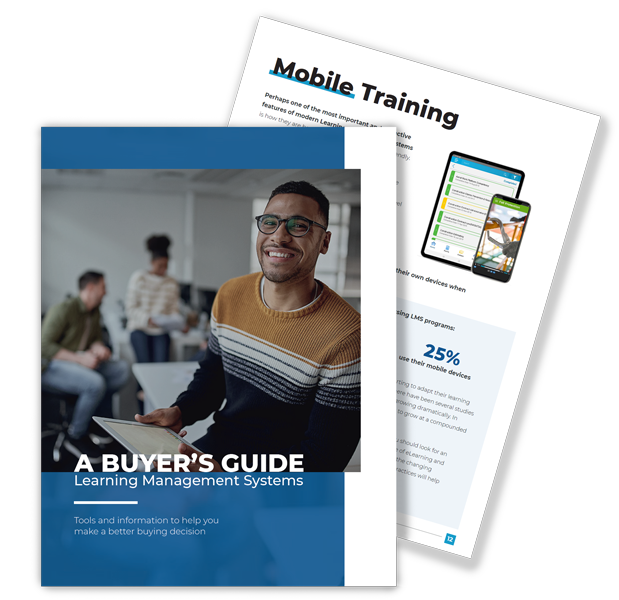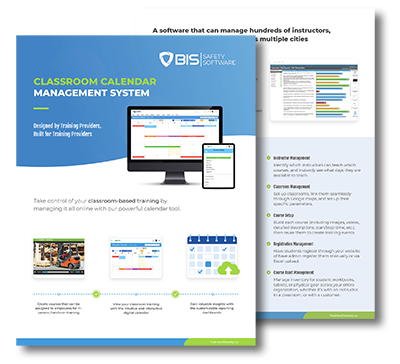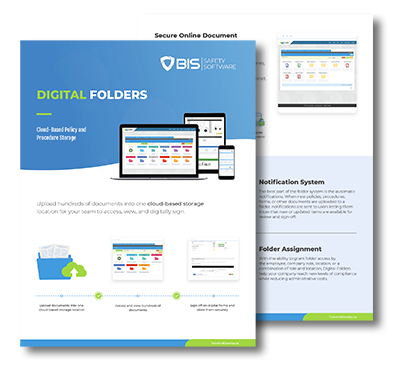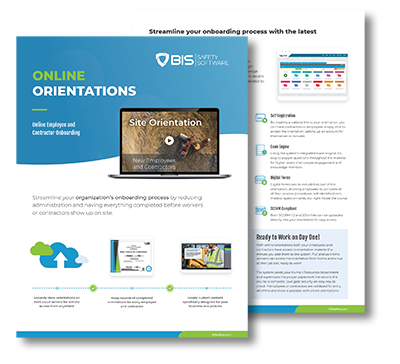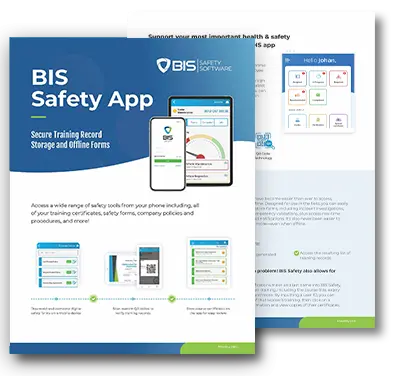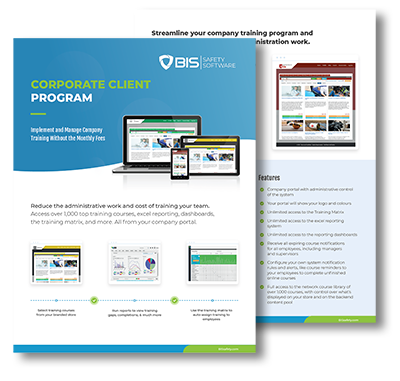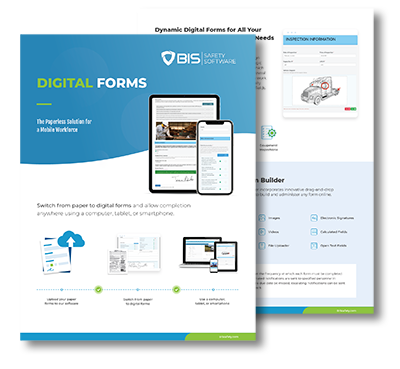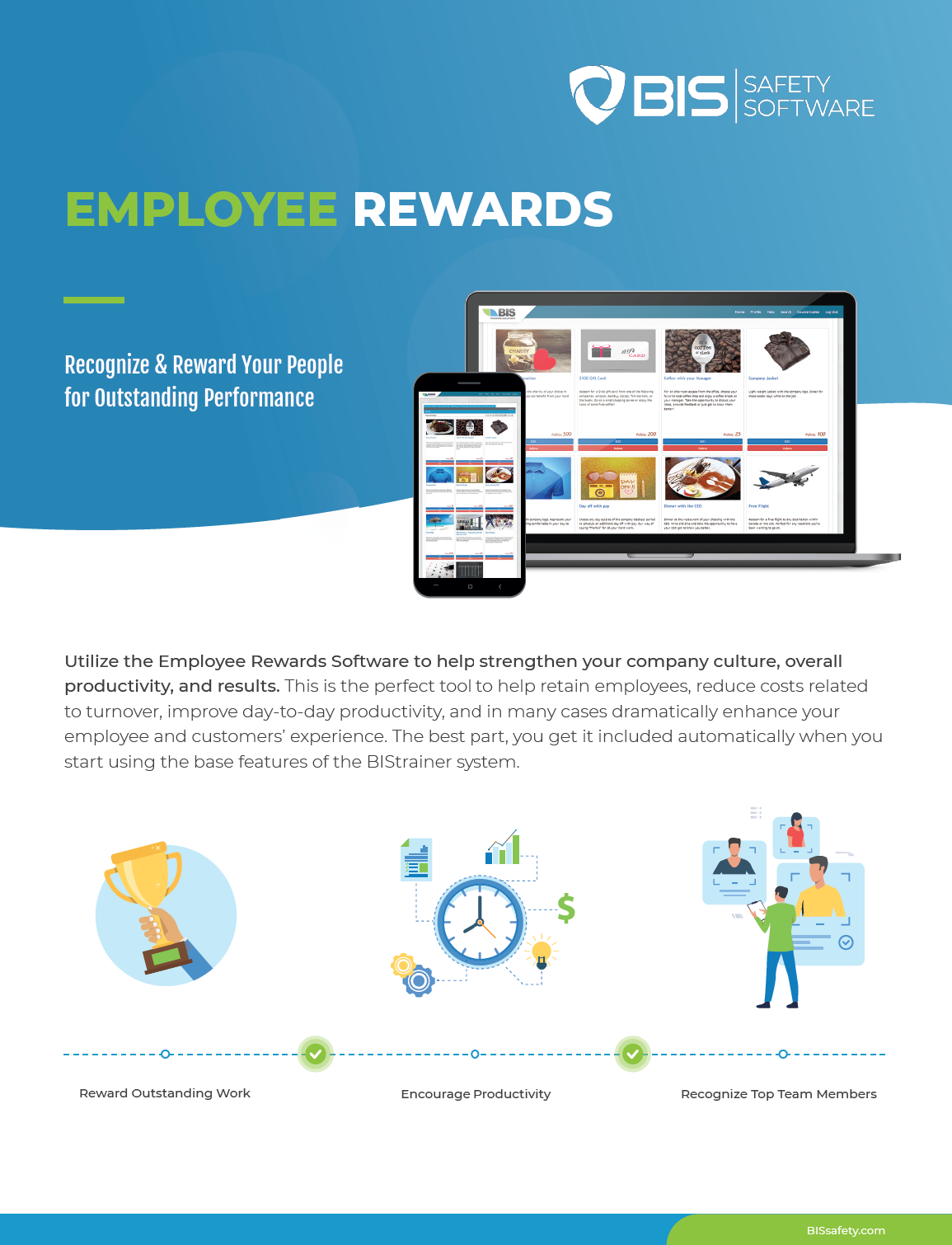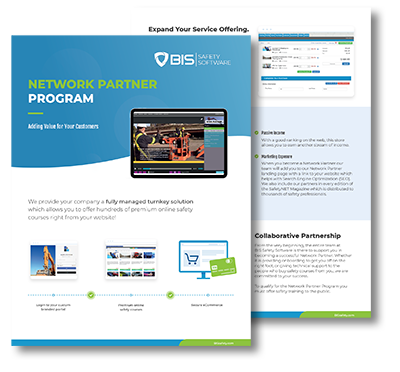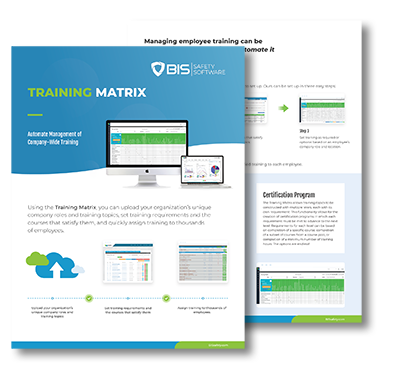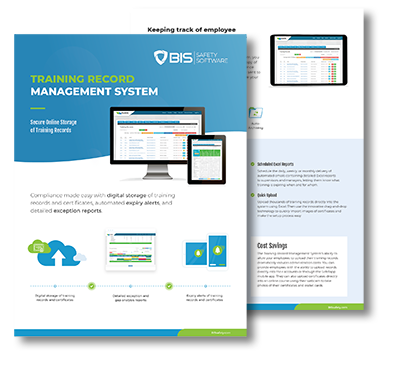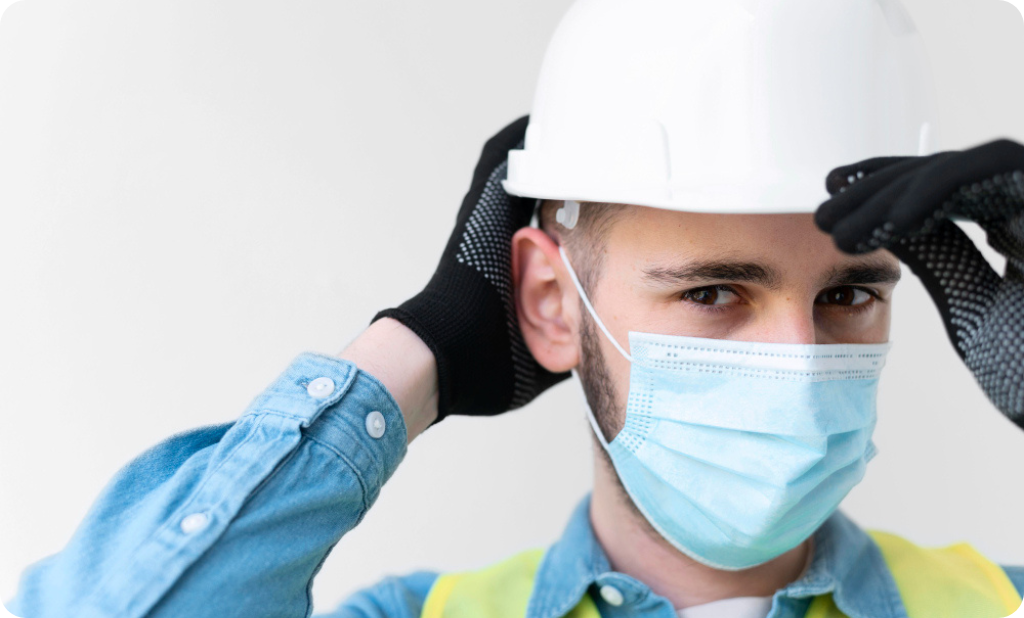
Emotional Intelligence: The Underrated Safety Tool
You can see safety gear. You can measure compliance. But you can’t always spot what’s really driving risk: silence, stress, or the fear of speaking up. We talk endlessly about checklists, equipment, and procedures. But if we ignore emotion, we’re missing a big part of the picture.
It Starts With Listening
A worker notices a problem—maybe a shortcut, maybe a broken ladder. What makes them say something? Not the manual. Not the rules. It’s trust. It’s confidence they’ll be taken seriously.
“You’ll always fall short in achieving your safety goals if you don’t focus on equipping the individual… with skills and confidence. Courage lets individuals speak up.” — Dr. Johanna Pagonis
A workplace that values emotional intelligence doesn’t just tolerate questions—it invites them. It makes feedback part of the rhythm. It builds safety not just on protocols, but on people who feel safe enough to speak up. That kind of culture isn’t a luxury. It’s a strategy.
The Best Culture Beats the Best Policy
You can laminate every procedure and post them in bold font on every wall. But if your crew feels pressured, undervalued, or just plain ignored? They’ll cut corners. They’ll stay quiet. And when silence becomes the norm, you’re already headed for a headline.
Emotionally intelligent cultures do more than talk about safety—they model it. They train supervisors to engage with people, not just enforce rules. They notice who’s burning out. They pay attention when someone withdraws. Because the quietest person on site may be the one who sees the biggest risk—if someone would just ask.
Feedback Is Protective Equipment
Not all harm leaves a bruise. Some of the most dangerous problems grow when feedback is shut down. If the only time a worker feels heard is after an incident, your system is broken. Emotionally aware teams don’t wait for something to go wrong. They make feedback part of the daily rhythm—woven into morning briefings, toolbox talks, onboarding, and end-of-day check-ins.
When workers feel respected, they don’t just follow instructions—they improve them. They bring insights, memory, instinct. And those things—more than steel caps or safety vests—are what stop the worst from happening.
Design for People First
Safety is more than PPE. It’s culture. It’s empathy. It’s structure that protects both the body and the mind. The smartest organisations aren’t just building for compliance—they’re designing for humanity. They create space for people to be human on the job, because they know that psychological safety feeds physical safety.
That’s not softness. That’s sharp strategy. Because when workers feel safe to speak up, they’re not just protecting themselves. They’re looking out for everyone around them.
That’s real PPE: People Protecting Each other.


